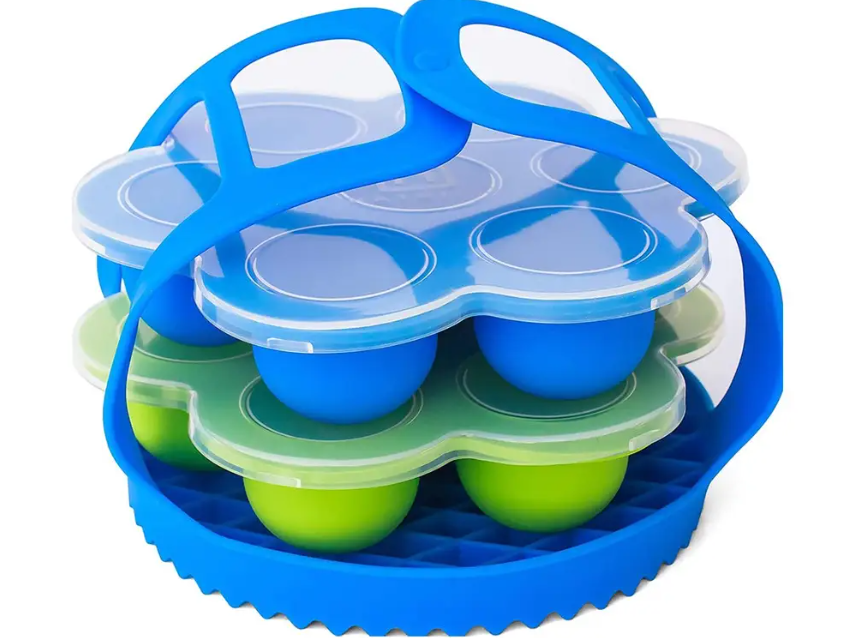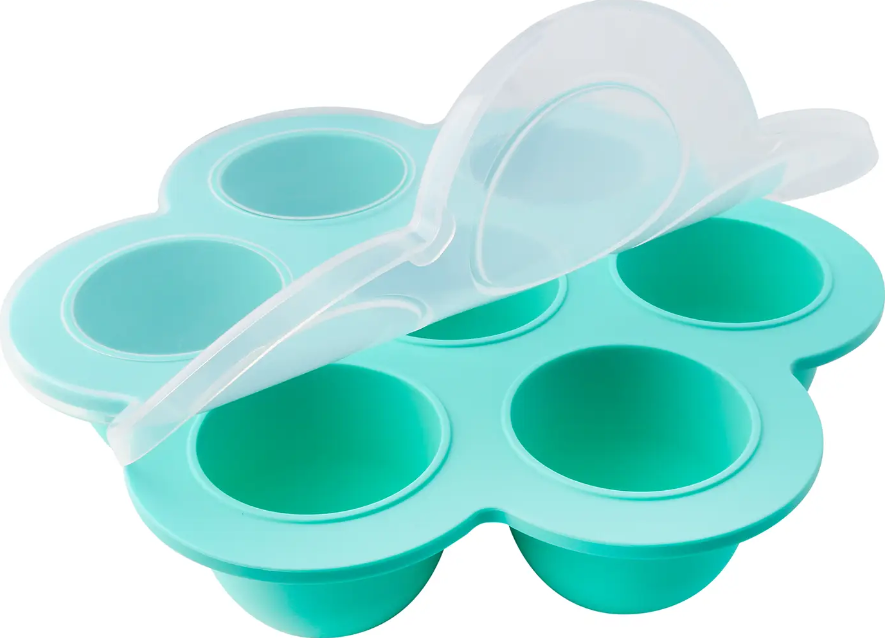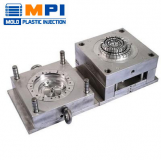Introduction
Silicone egg moulds are created from food-grade silicone, which has excellent malleability, heat resistance, and non-stick properties. These moulds come in a variety of sizes and shapes, allowing you to create eggs in the form of hearts, stars, animals, and more. Because utilising silicone egg moulds is a simple technique that takes little effort, both experienced and new chefs will enjoy using them.
Choosing the Right Silicone Egg Mold
Various options for size, shape, and style should be taken into account while choosing a silicone egg mould. For the best results, use moulds with a non-stick surface, strength, and ease of handling. Verify that the mould can be used in an oven or on a hob and that it is heat-resistant.

Preparing the Silicone Egg Mold
It is necessary to properly clean a silicone egg mould before usage. Give the mould a thorough rinse following the use of warm, soapy water. Before moving on to the following stage, make that the mould is completely dry.
Preparing the Eggs
It is advised to use fresh eggs that are at room temperature when using silicone egg molds for the best results. Gently whisk the eggs after they have been cracked into a bowl to ensure that the whites and yolks are well blended. Depending on your taste preferences, you can also add seasonings like salt, pepper, herbs, or other ingredients.
Filling the Silicone Egg Mold
Pour the beaten eggs slowly and evenly into each cavity of the silicone egg mold. It is best not to overfill the mold because the eggs could expand when cooking. If using a molded mold, make sure the eggs fill it to the borders and corners for a well defined shape.
Cooking the Eggs
The majority of silicone egg molds can be used in a range of cooking environments, including the stovetop, oven, or microwave. For the particular mold you are using, adhere to the manufacturer’s instructions. The size and thickness of the mold generally affect cooking durations, therefore it is critical to watch the eggs carefully to avoid overcooking.
Removing the Eggs from the Mold
Carefully remove the silicone egg mold from the heat source when the eggs have finished cooking. Before carefully pressing on the back of each cavity to release the eggs, let the mold cool for a few minutes. The eggs can be easily removed from silicone molds without sticking or breaking because of their flexibility.
Cleaning and Maintaining the Silicone Egg Mold
Wash the silicone egg mold with warm, soapy water and a soft sponge after each usage. If any obstinate residues remain
Use a moderate dish detergent or vinegar solution to get rid of any lingering residues or stains. Avoid using scrub brushes or aggressive cleaners that can harm the mold’s non-stick surface. After cleaning, either let the mold dry naturally or use a clean towel to gently pat it dry.
Store your silicone egg mold out of direct sunlight in a cool, dry location to preserve its longevity. To prevent deformation, avoid bending or stacking the mold with heavier items on top. Your silicone egg mold may be a dependable kitchen ally for numerous delicious breakfasts in the future with the right maintenance.
Creative Ideas for Using Silicone Egg Molds
Silicone egg molds offer endless possibilities for adding a creative touch to your breakfasts. Here are a few ideas to inspire you:
- Using a spherical silicone mold, make a sunny-side-up egg with a smiling face by adding sliced veggies for the eyes and mouth.
- Create heart-shaped eggs as a kind breakfast gift or a surprise for your loved ones on special occasions.
- Try using animal-shaped molds to create eggs that resemble adorable creatures like butterflies, dinosaurs, or teddy bears.
- To add taste and color to your egg creations, experiment with different components such as cheese, herbs, or chopped veggies.
- For a visually stunning breakfast presentation, prepare a variety of shaped eggs using several molds at once.

Frequently Asked Questions (FAQs)
Q1: Can I use silicone egg molds in the oven?
A: Yes, the majority of silicone egg molds are oven-safe and heat-resistant. Just be careful to look up the recommended temperature range in the manufacturer’s instructions.
Q2: Are silicone egg molds easy to clean?
A: Absolutely! Because of their non-stick surface, silicone egg molds are simple to clean in warm, soapy water. Furthermore, for added convenience, they are dishwasher-safe.
Q3: Can I use silicone egg molds for other recipes?
A: Despite the fact that silicone egg molds are typically used to cook eggs, you may be creative and use them to create other dishes like pancakes, muffins, or even jellies.
Q4: Are silicone egg molds safe to use?
A: It is safe to cook with silicone egg molds made from food-grade silicone. They do not impart any undesirable flavors into the food and are free of dangerous chemicals like BPA.
Q5: Where can I buy silicone egg molds?
A: Kitchenware shops, online marketplaces, and speciality culinary supply stores all carry silicone egg molds. To fit your preferences, a multitude of options and styles are available.
Conclusion
Making use of silicone egg molds can make preparing breakfast a pleasant and eye-catching experience. These molds let you unleash your imagination and surprise your loved ones with original egg creations thanks to their adaptability and simplicity of usage. The instructions provided in this manual will enable you to create flawlessly shaped eggs that are sure to impress. So why not use silicone egg molds to add some fun and flair to your breakfasts?

